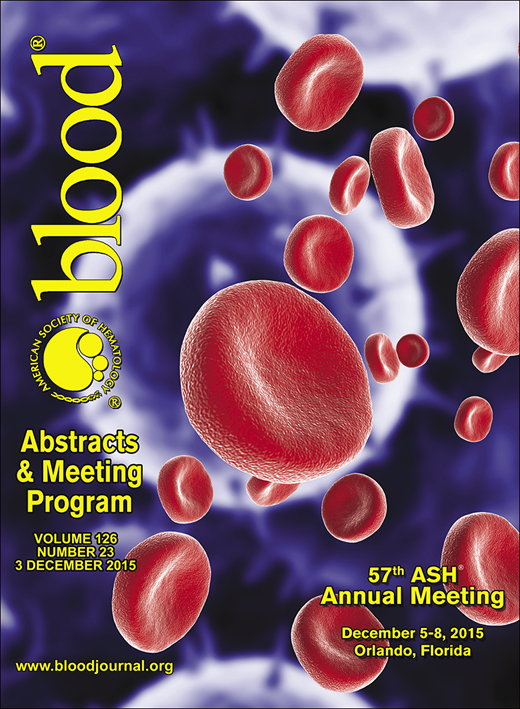Abstract
Introduction
To preliminary study the repair effect of umbilical cordmesenchymal stem cells (UC-MSCs) homing on local and systemic inflammatory microenvironment and immune inflammatory thrombophilia states of the CIA rata by observing the distribution of the UC-MSCs in the CIA rate and the influence of the UC-MSCs on the expression of the inflammatory cytokines IL-10, TNF-α IL-6, IFN-γ and the thrombosis indicators TF, VWF, DD, FIB's.
Methods
The clean grade, female, 5-week-old SD rats were randomly divided into a control (C) group, model (M) group, UC-MSCs treatment (SU) group, adding AMD3100 to labled UC-MSCs therapy (ASU) group. Except for control group, the other rats were induced as CIA rats model. Treatment group were injected UC-MSCs suspension by tail vein. The rats were sacrificed in the first, the third and the fifth week after transplantation. HE staining was used to observe the pathological changes of joint tissues. The distribution of UC-MSCs in the joint tissue was detected by FISH. ELISA assay was used to observe the expression of inflammation and thrombosis indicators in peripheral blood. The expression of inflammatory factors in the joint tissue were detected by western blot.
Results:
1. One week after injection, the expression of SDF-1 in the injuried joint of the group SU was significantly increased compared with the control group, at the same time, the large number of UC-MSCs occured in injured sites. While, adding AMD3100 to labled UC-MSCs were not expressed in the joint tissue. The expression of SDF-1 in the labled UC-MSCs treating group decreased over time, and the number of UC-MSCs reduced in the inflammatory joints.
2. After given UC-MSCs treatment, the levels of pro-inflammatory cytokines IL-6, TNF-α, IFN-γ in the knee and serum were conspicuously reduced compared with the group M since the first week. While the level of anti-inflammatory cytokine IL-10 was increased (p <0.05). After adding AMD3100, the expression of above indicators in the group ASU showed no significant difference compared to the group C.
3. After given UC-MSCs treatment, the levels of TF in serum and DD, FIB, VWF in plasma were conspicuously reduced compared to the group M since the first week (p <0.05). The expression of the above indicators in the group ASU showed no significant difference compared to the group C.
Conclusion:
1. UC-MSCs homing to the injured joint tissue is influnced by the local inflammation environment, which is an important way to play its role of immune regulation to improve the immune inflammatory thrombophilia state in CIA rsts.
2. SDF-1/CXCR4 axis is important to the UC-MSCs homing, the antagonist AMD3100 can suppress the UC-MSC homing to the injured site.
Funded by Jiangsu Provincial Special Program of Medical Science (BL2012005)
No relevant conflicts of interest to declare.
Author notes
Asterisk with author names denotes non-ASH members.

